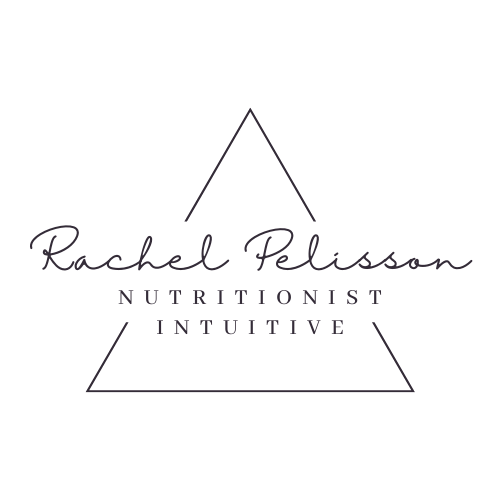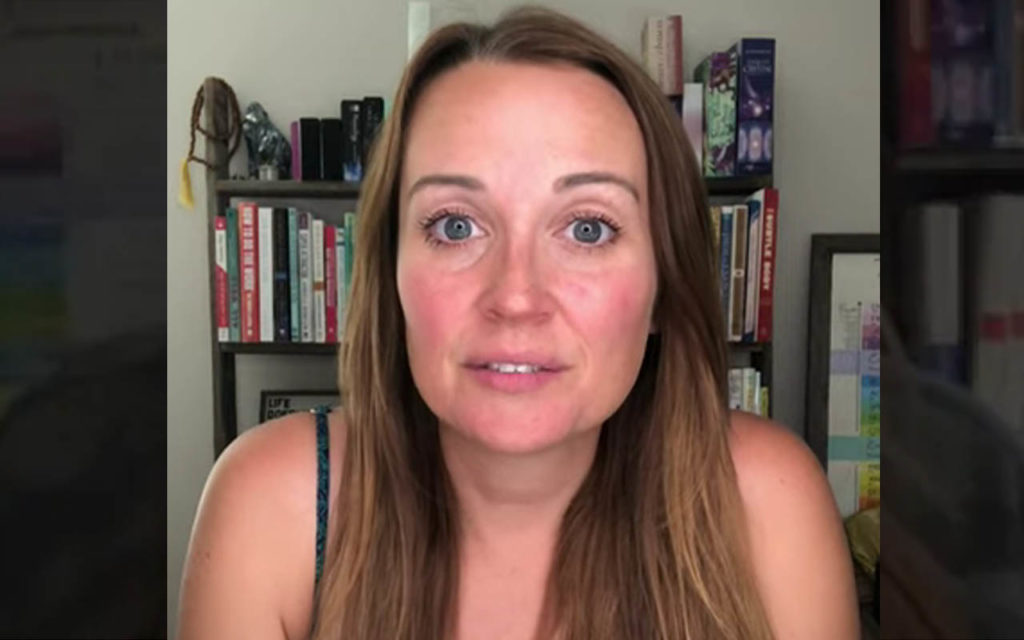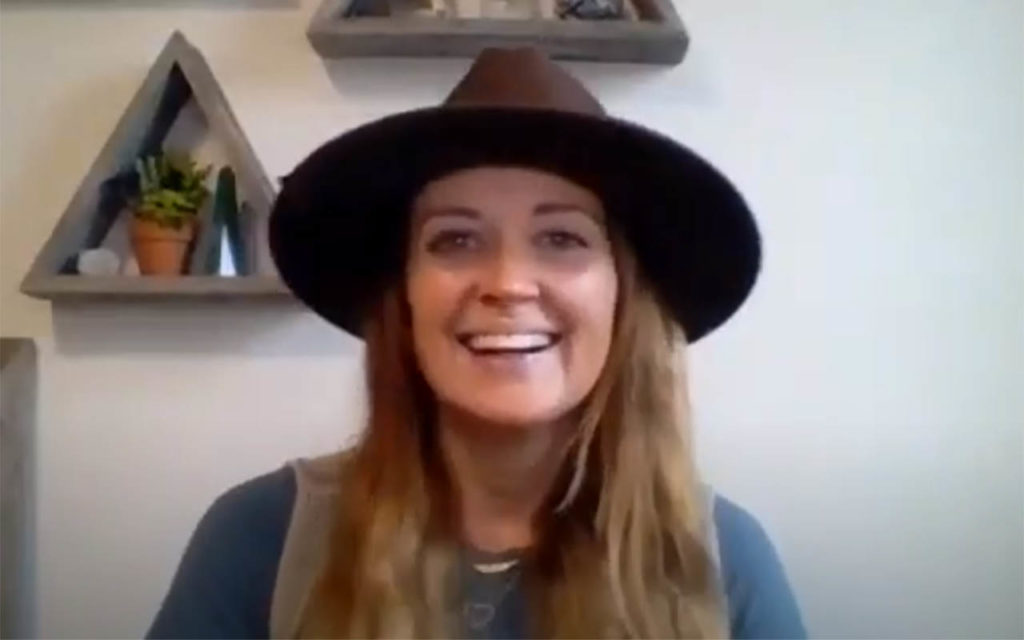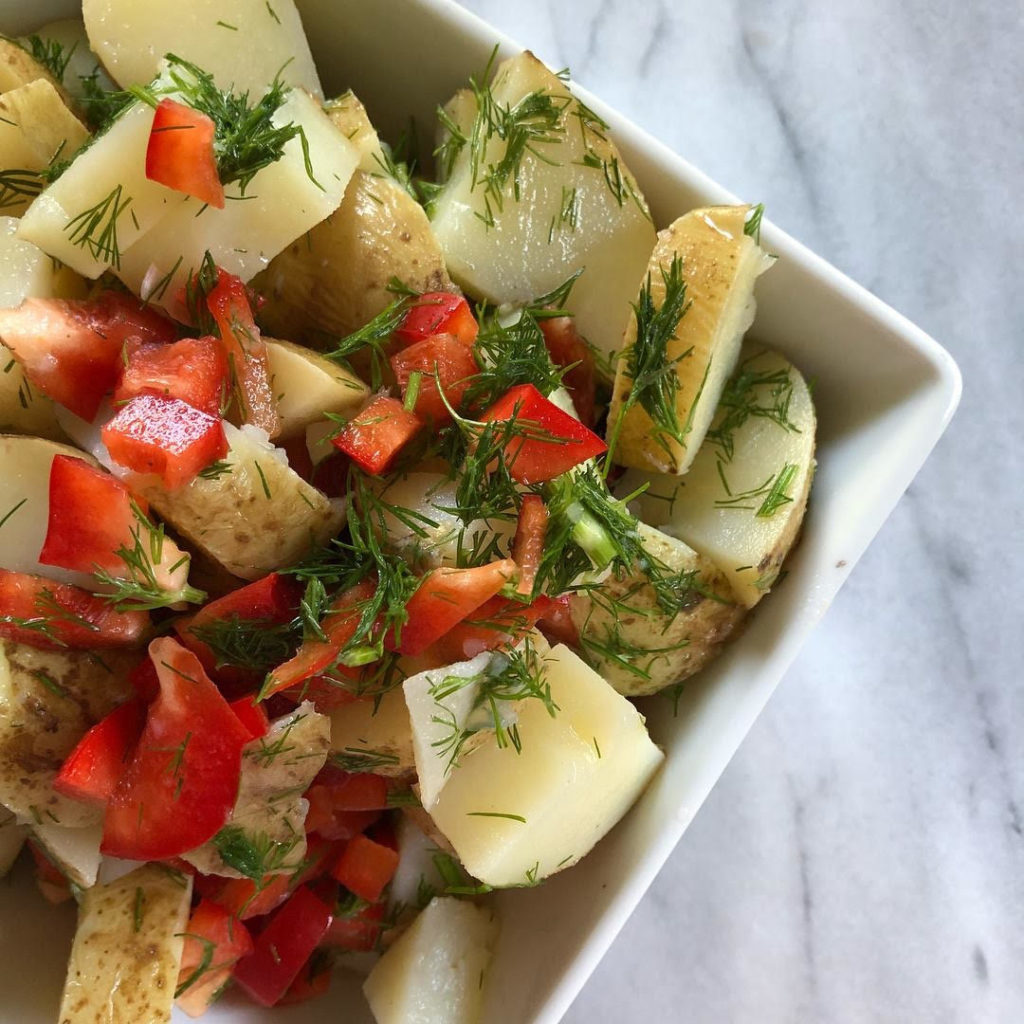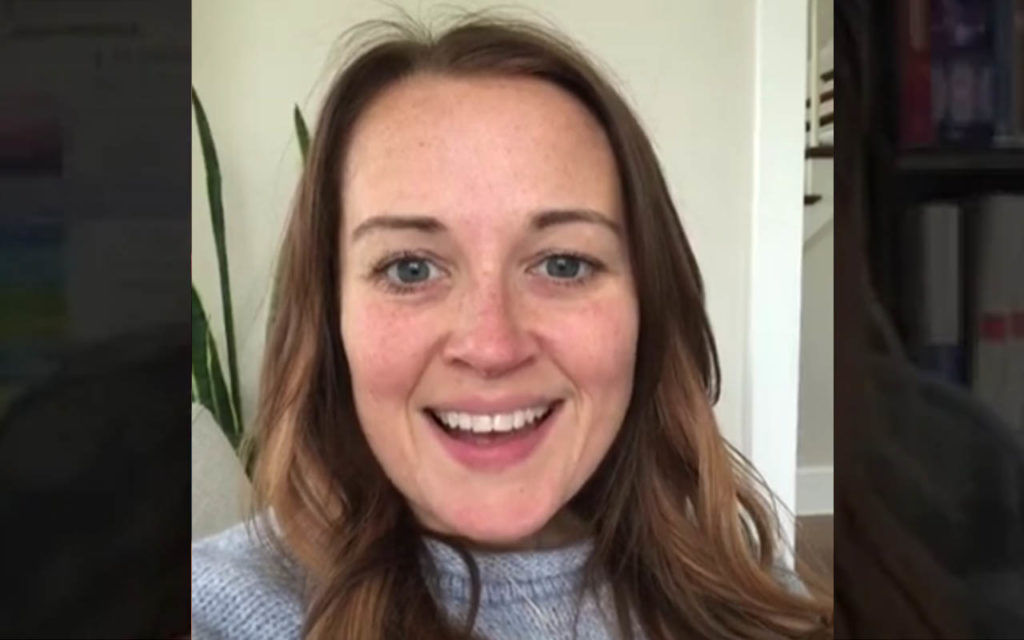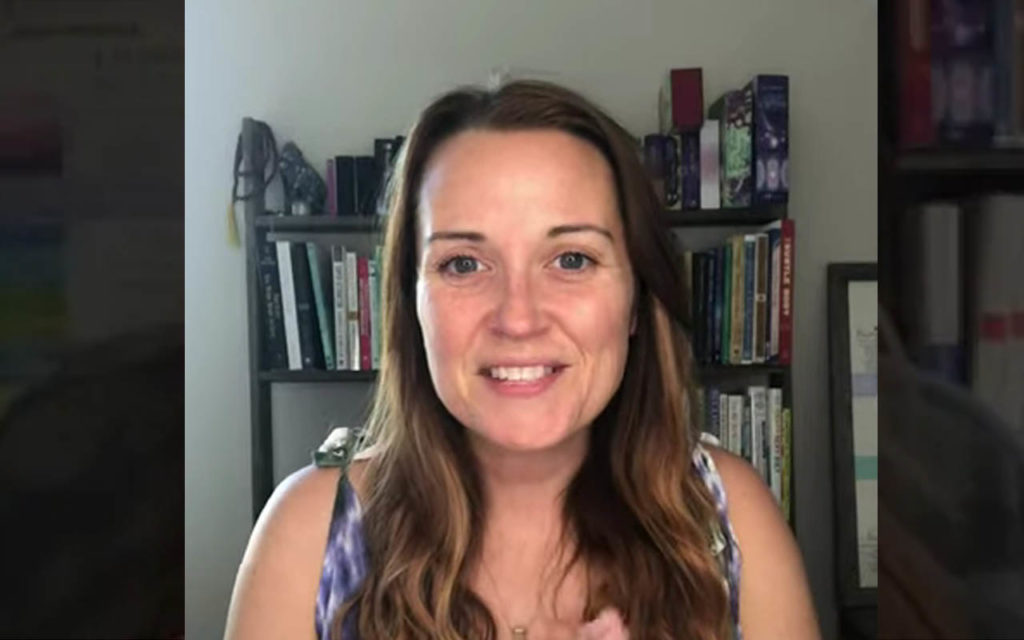10 Ultimate Tips for Successfully Staying on a Grain-Free Diet
Here’s the top ten tips for staying on a grain-free diet!
Are you considering a grain-free diet? Eliminating grains has a number of benefits and can greatly support healing, especially if you are dealing with health issues caused by strep bacteria.
Health Conditions Caused by Strep Bacteria:
If you’ve ever had sinusitis, ear infections, UTI’s, bacterial vaginosis, cystitis, styes, sore throat, cystic acne, bloating, or intestinal conditions, like small intestinal bacterial overgrowth, you’ve experienced the effects of strep bacteria overgrowth in the body.
Eliminating Grains Can Help Reduce Strep Bacteria Counts
Grains, especially those containing gluten (wheat, rye & barley) can fuel the growth of strep and allow it to proliferate in the body. Other grains, like rice, can promote the growth of some strains of bacteria, but not as much as gluten-containing grains. Corn (which is a grain!) should be avoided because it is genetically modified (GMO). Corn feeds strep and many other pathogens. Even organic corn can be contaminated with GMOs, so it is best to avoid it completely. Transitioning to a grain-free diet can really help.
If you do choose to keep grains in your diet, the safest grains (those least likely to feed pathogens) are quinoa and millet, followed by short-grain brown rice.
Benefits of Eliminating Grains:
Eliminating grains completely will help lower strep bacteria counts and thus reduce symptoms associated with strep overgrowth. Eliminating grains also makes room in the diet for more powerfully healing foods, like fruits and vegetables.
When eliminating grains, many people will notice less congestion, mucus-production, inflammation, water retention, and pain. Some people may experience a temporary increase in symptoms when initially removing grains. This is a detox symptom. As bacteria are dying off, they release all their toxins. Detox symptoms will usually pass within a few days.
Grains are also difficult to digest, so you may find that your digestion and elimination improves with the removal of grains from the diet.
How to Eliminate Grains:
For some people this transition is easy and for others it can be more challenging. The trick to eliminating a food from the diet is to spend more time and energy thinking about what you WILL eat rather than what you WON’T eat. Grains are more calorically dense than fruits & vegetables, so it’s important to increase the volume of whole plant foods you eat in order to make up for the calorie difference.
10 Top Tips to Eliminate Grains:
The goal is to eat as many whole plant foods as possible, but I’ve also included some packaged and convenience foods, because well, life happens. (I’m talking to you working mamas!) Here are some of my favorite grain swaps:
Eat More Potatoes
golden, russet, white, purple, red, all the potatoes! Bake them. Steam them. Mash them. Make potato cakes, oven fries, tots. I encourage those eating grain-free to have potatoes every day.
Use Cauliflower Rice
Use cauliflower rice (or other vegetables riced) in place of grains. Cauliflower rice is delicious and can be eaten raw or cooked.
Try Alternatives to Pasta
Try alternative pasta, like Felicia Green Pea Pasta, Banza Chickpea Pasta, or Lentil Pasta. Check out my products page for my current favorite brands.
Sub Potatoes for Bread
Use thinly sliced baked potatoes in place of bread. Russets work best for this. Some people get really creative and make potato waffles for bread!
Try Alternatives to Crackers
Try almond flour crackers in place or regular crackers. Again, check out my clean products page.
Allow a Little More Fat
If you’ve been eating very low fat, allow a little more fat as you transition. This is especially helpful if cutting grains leaves you feeling deprived or if you struggle to meet your calorie needs.
Use Dates, Figs, Dried Fruit & Smoothies More
If you’re feeling hungry, eat more smoothies, bananas, dates, figs, and other dried fruit (dried mango is one of my absolute favorites!). These are more calorie-dense plant foods that will help fill you up.
Find Alternative Wraps
Swap out traditional wraps for Siete Grain-Free Wraps or make Sweet Potato Tortillas. Use greens, like collards, lettuce, or cabbage to make wraps.
Make Your Own Pizza Crust
Try making Potato Pizza Crust. Whenever you’re looking for crispy, Russet potatoes are the best.
Plan, Plan, Plan
Plan ahead! With a grain-free diet, don’t just stop buying the grain foods you usually eat. Set aside some time to plan what you will eat in place of grains. Pick out recipes, try new grain-free products, and write down a meal plan to help you stay on track.
I hope these tips are helpful to you on your healing journey.
Don’t worry if you’re not yet ready to completely eliminate grains.
It’s a process that can take time. (Eliminating animal products was easy for me, but it took me about a year to get the grains out!)
Start by reducing your grain intake and eliminating gluten.
Remember, you don’t have to eat perfectly to heal. It’s a journey with many different paths and terrains.
If you’re looking for support on your journey or have questions, I’d love to help you heal!
Love & light,
Rachel

